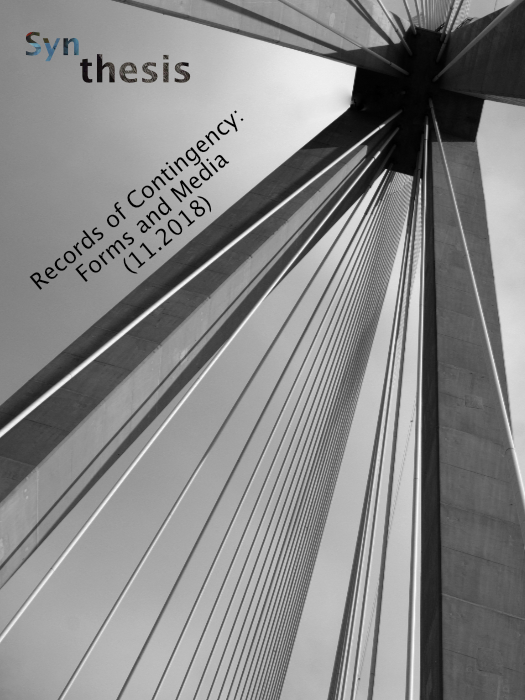Figures of Chance and Contingency in Albert Kahn's Planetary Project

Abstract
The Archives de la Planète is a collection of visual material – about 100 hours of film, 72000 autochromes and 4000 stereoscopic images – established between 1908 androughly 1932. While the project was of Kahn’s inspiration (and also financed by him),the human geographer Jean Brunhes served as its scientific director. Its purpose was to document the diversity, but even more so, the underlying unity of human life and activity all over the globe. It seems thus fitting that Brunhes used a cartographic logicin mapping the “positive facts” of his science, relying on visual documentation. Thisarticle examines some of the temporal complexities and contingencies of representation inherent in the autochrome part of the collections. As archives within the archive, they upset the cartographic logic of the project.
Article Details
- Section
- Articles

This work is licensed under a Creative Commons Attribution 4.0 International License.
The copyright for articles in this journal is retained by the author(s), with first publication rights granted to the journal. By virtue of their appearance in this open access journal, articles are free to use with proper attribution. Synthesis retains the worldwide right to reproduce, display, distribute, and use published articles in all formats and media, either separately or as part of collective works for the full term of copyright. This includes but is not limited to the right to publish articles in an issue of the Journal, copy and distribute individual reprints of the articles, authorize reproduction of articles in their entirety, and authorize reproduction and distribution of articles or abstracts thereof by means of computerized retrieval systems.



